This sign says what I aim to do with these photos: See the ugly, but honest reality. When selecting motives for photos, it is so common everywhere in the world to focus upon the things that we see as relevant or nice. Between these points of relevancy there are wast areas of nothingness that one just needs to cross in order to gt to some other nice and relevant point. Some people seem to always be relegated to be in-between points though.
Downtown Tucson. Also here businesses go broke. But it all looks a bit nicer. I don’t have a car and so I generally stay around here. Yesterday I decided I needed to get some underwear and for that I needed to get out of this very comfortable zone. I took the bus to a store which sells travel underwear and decided to take my camera. In the afternoon I decided to go on to the other side of town, to South Tucson where the language used is Spanish and take a few more pictures.
The transport center Ronstadt. It is located in downtown Tucson, right next to a number of bars, clubs and cafes and only about eight blocks from the sublet I currently rent. Yet the type of people hanging around there is markedly different from the visitors of any of these.
While around the university area in downtown Tucson, one gets the impression that the town is almost entirely white. That pictures changes once one gets on a city bus.
The number of users of the Tucson public transport system must be somewhat limited. This woman, who has “Tucson” and “Arizona” tattooed into her arms, I have met about every other trip I have taken on the buses in the last few months. She is part of a small group of mainly women who met in County jail, where she learned how to braid hair.
An “all American Combo” is a burger and artificially flavored sugar drink for $3.99USD.
White people. In this ocean of asphalt, the only non-homeless white people one ever sees are people who hop out of their cars, to cross a parking lot and enter a shopping center.
A shopping cart under a bridge. No-one sees it. Outside of the downtown area, no-one who can afford not to do so, moves around by foot. Consequently anything in-between shopping centers is invisible to most.
Outside the “Arizona Academy of Beauty” I spot a car with the number plate “MYDOG”.
One of the many thrift stores is concerned that someone might get the idea to ride their bike and enter their parking lot. Bikes and skateboards are seen not as a means of transport, but as an annoying toy that youngsters use and that spread chaos and insecurity.
I spot a person outside. This time it seems to be a store worker, taking a break, getting some fresh air, and texting.
Capitalism is a game. You just need to play it smart!
Villa Hermosa at the intersection of Wilmot and Speedway offer apartments for senior citizens from 3550USD/month. Road access is not an issue here. I see no-one on the road-side facing balconies.
With the crisis, an extra emphasis has to be put on things having to be cheap. Here cheap wedding utensils are offered.
I spot a father with his two kids walking on the other side of the road. At first I think I spotted someone walking down the road like me, but I then realize they probably just parked there car a few more meters away.
Everything is golden on the surface. Initially I do not realize that I encountered a human body.
At first I am afraid that I encountered a body that has been dumped here, so I feel I need to make sure that he is alive and OK. After having done that, I start feeling uncomfortable about having done that. How would I feel if someone entered my living quarters to figure out if I were alive like that? I make a quick exit.
The Starbucks cafe has outdoor seating. Finally one can enjoy drinking a nice cup of coffee outside, away from all the stress, right?
“Little Germany” — a car repair for cars from abroad. And I feel almost like I’m in Germany right now.
The desert town of Tucson has about 500,000 residents although the natural water supply of the area cannot provide for that amount of people, water is being used for things like spraying it out on patios of restaurants so that people can feel humid while sitting outside.
After about twenty minutes of just asphalt and cars, I spot another human being, sitting on a bench on the other side of the road.
A guy is texting while he he sits on the back of a moving motor bike. Arizona is one of the states in which car drivers are allowed to use their mobile phone while driving. Also texting is very popular, as there is no room for ever being disconnected for anyone who wants to get ahead.
Now I’ve taken the bus to South Tucson. A motel at the intersection of 6th ave and Interstate 10 in South Tucson. When I first flew into Tucson in 2004 in order to go study Douglas, the taxi drivers dropped me off there to spend the night. Back then the price was twice of what it is today.
A sea-food restaurant. The two sisters who run the place started it 3.5 years. “Three years ago there was much more business here, before the crisis.” ‘María’ (aged “a little more than 26″) tells me. Now most of their clients have gone back to their home countries — Mexico and Central America. ‘Our family has dedicated itself at running restaurants, and tonight we’ll have a meeting with a gentleman to figure out a plan of switching to a menu of food items that fit the budget of people these days.”
María wants to emphasize that they still have loyal customers and that Friday and Saturday mornings it’s much fuller than now. I promise to be back the next Wednesday morning at 8am, when she hopes some more customers will show up. As promised, I take the bus out there. But as María is all alone without any customers, I just wave at her and walk on. No reason to make her feel even more embarrassed.
A shop selling “natural medicine.” Because the imagery of Jesus (or someone similar) is employed, I first think it is something Christian. After asking the owner whether she lets me takes a picture of her store, she explains it to me in detail.
Long distance buses are effectively segregated in southern Arizona. Luís Félix, is the driver of a company that drives between the border town Nogales and Tucson. “We give service to Mexicans by Mexicans. The tickets is bought in Spanish. The ‘north-Americans’ have another culture. They drive their own cars and things like that.” When his clients want to go somewhere else, like Phoenix or further south in Mexico, Luís Félix calls the other Mexican bus companies that offer service to those locations. That makes up the Mexican bus system. A trip to Nogales, with home-pickup costs $12USD from South Tucson. Trips to Phoenix typically cost $25USD. There is an English speaking company that offers tickets to Phoenix for $39USD. Is that a tax on English speakers? “Yes, it’s a bit like that!” Luís Félix smiles.
He changes the topic of the conversation. “What we want here is a health care system, but what we get are all these wars!” he explains to me. He also wants to know how Daniel Ortega is doing.
One of the shuttles being used by the Mexican bus companies of Southern Arizona. The buses they operate are typically not larger than this.
The Douglas shuttle company that I use frequently is also part of the Mexican bus system.
A tire shop — distinctively different than what it would look in northern parts of the town. Besides motels, transport companies, restaurants and pawn shops, car parts dealerships seem to be the main business around here.
My day is done, I’m heading home.



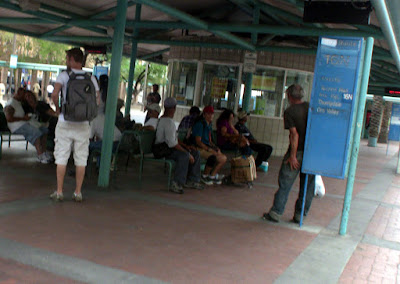
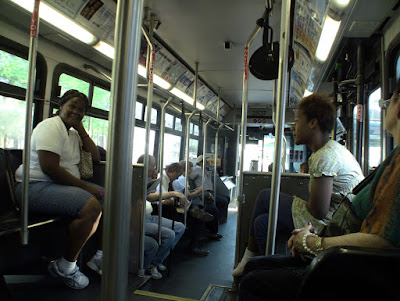
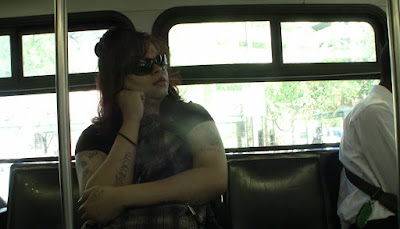
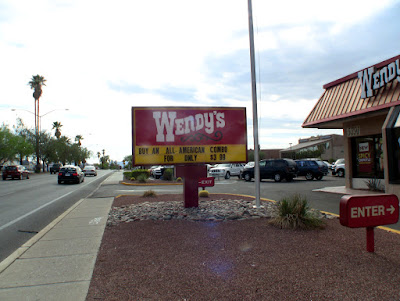
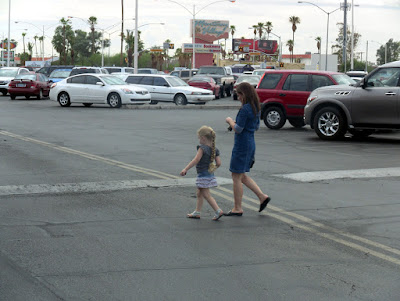
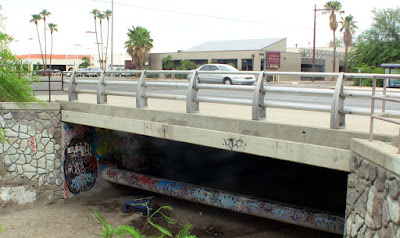
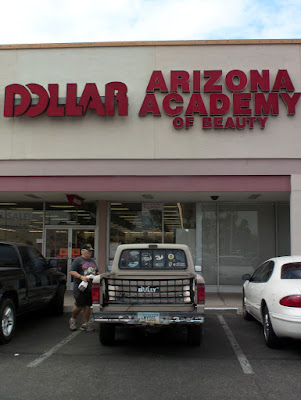


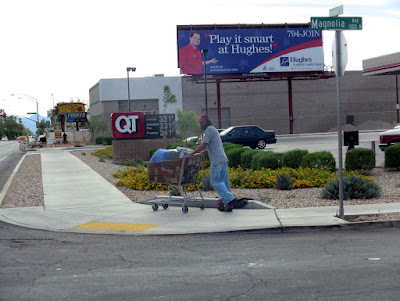


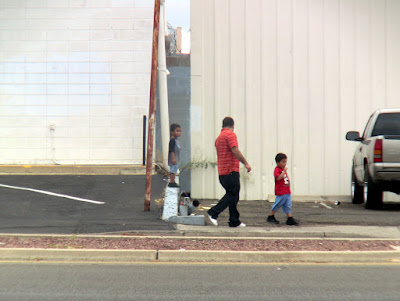
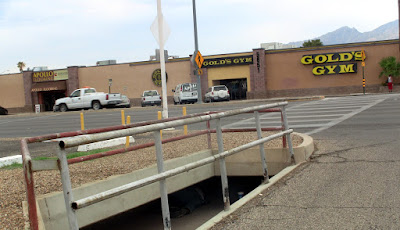
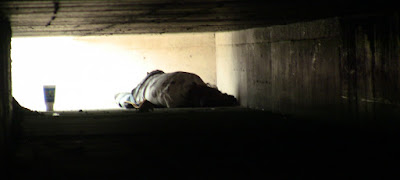

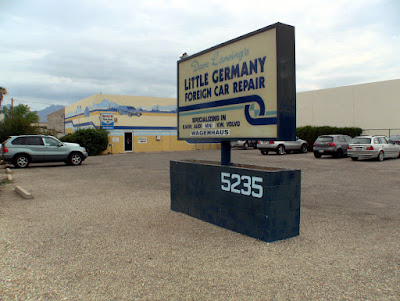
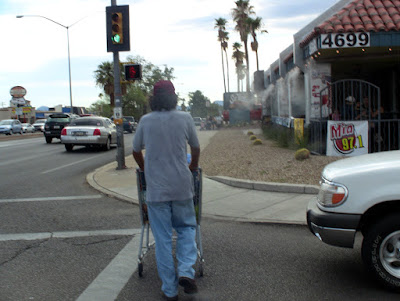



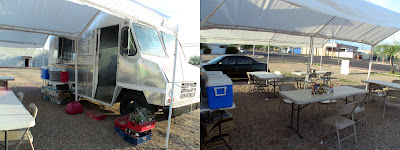
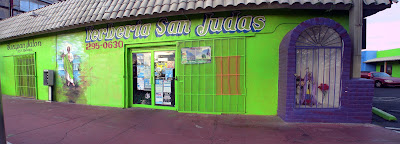

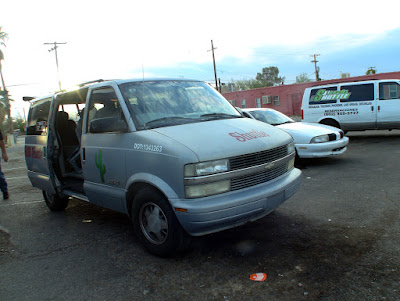
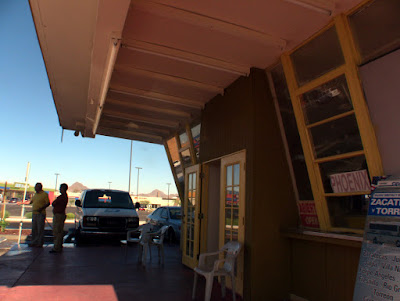

i guess, when there are no people physically, it makes sense to have a mobile phone